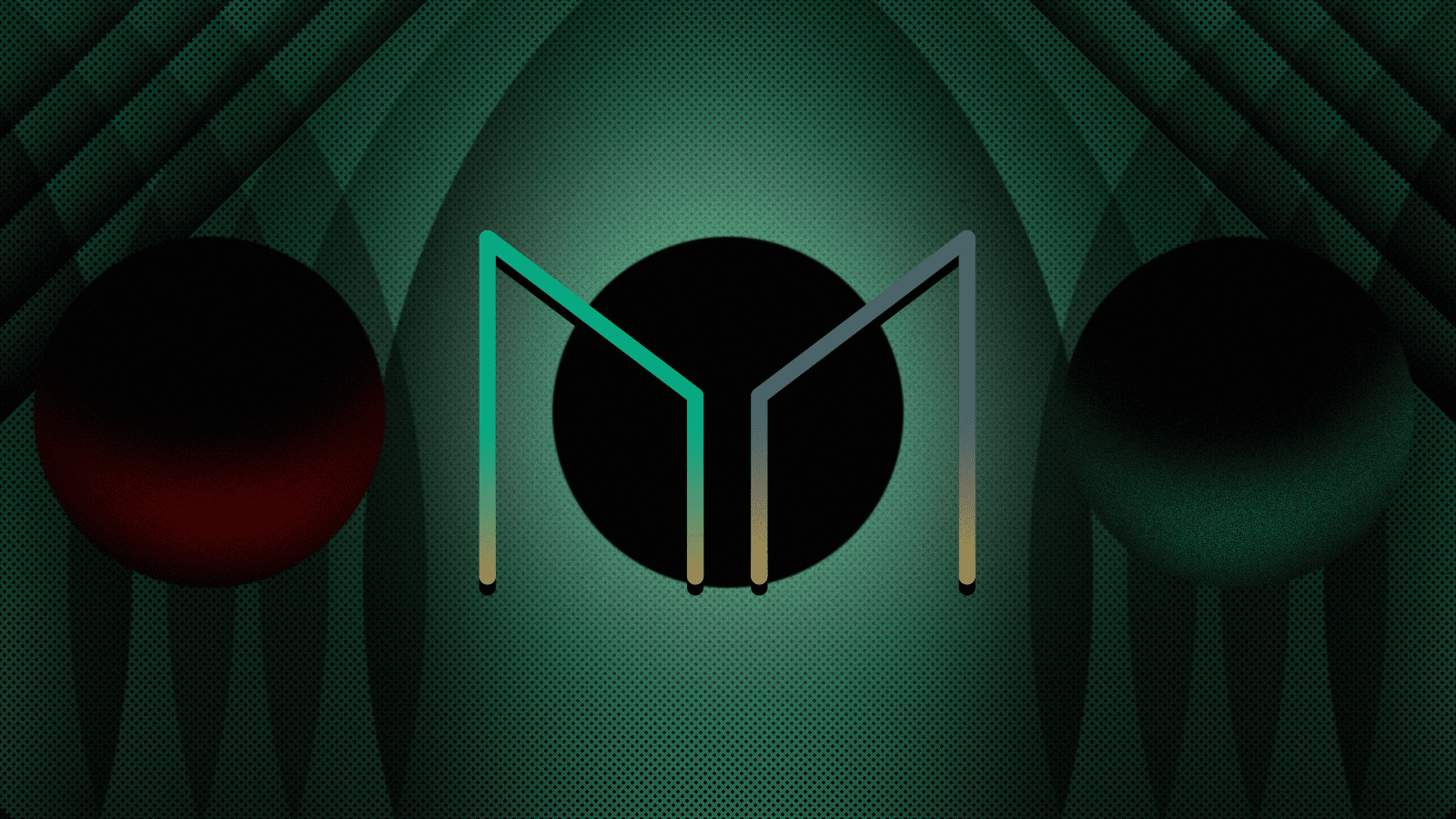MakerDAO Co-founder Plans To ‘Yolo USDC Into ETH’
MakerDAO co-founder wants to protect the organization’s stablecoin following Tornado Cash sanctions

Blockworks exclusive art by axel rangel
- The sanctions are “a lot more serious than I first thought,” MakerDAO co-founder Rune Christensen said
- The risk of uprooting and moving collateral from USD to ETH may overweigh the consequences of DAI’s depeg
MakerDAO is weighing a Hail Mary move to replace what backs its decentralized stablecoin DAI.
Following the US Treasury’s sanctioning of crypto mixer Tornado Cash, MakerDAO co-founder Rune Christensen wants to uproot USDC from the protocol’s massive $10.9 billion crypto treasury.
Earlier this week, authorities added Tornado Cash’s blockchain addresses to the Office of Foreign Assets Control (OFAC) blacklist, making it illegal to interact with those particular addresses.
Many of the newly banned addresses were USDC contract addresses tied to Tornado Cash, and the stablecoin’s issuer Circle toed the US line almost immediately by adding dozens to its own blacklist. Circle’s move automatically rendered any USDC controlled by those addresses — collectively around $75,000 — moot, practically valueless.
On MakerDAO’s official Discord channel, Christensen said the consequences of the Tornado Cash sanctions are “a lot more serious than I first thought.”
Even though DAI would very likely depeg from the US dollar if MakerDAO ditches USDC, the risk is “acceptable,” Christensen said.
“The market may finally start to reward decentralization to the point where these risks are acceptable, because USDC is no longer the no-brainer it used to be,” Christensen said.
MakerDAO relies on USDC arbitrage to hold DAI peg
DAI is the fourth-largest stablecoin by market capitalization, with over $7.6 billion in circulation.
Decisions regarding the token’s backing, alongside everything else, are made by MakerDAO, a decentralized autonomous organization. This contrasts stablecoin giants Tether and Circle, which are both run behind closed doors by centralized teams.
DAI’s dollar-value is inspired by what’s known as the Price Stability Peg (PSG). Minting DAI usually demands overcollateralization, but the PSG enables USDC holders to mint one DAI for every USDC deposited, opening a lucrative arbitrage opportunity when DAI rises above $1.
But when Circle signaled it would follow the US Treasury in blacklisting any blockchain addresses sanctioned by OFAC, a new hypothetical attack vector had been opened, MakerDAO delegate and crypto researcher Mika Honkasalo explained to Blockworks in a call on Tuesday.
“If that specific USDC ever happens to be on the sanctions list, the value of that USDC is zero,” Honkasalo said. “I suppose there’s some market price for it, but, in theory, the price is very low, so you lose a lot of your collateral.” USDC currently makes up about 32% of DAI’s backing, representing roughly $2.26 billion.
Ridding MakerDAO of its USDC collateral would mean shedding its stability peg mechanism. But without arbitrage pulling DAI back to $1 when demand is high, the token would ultimately depeg — upwards.
Honkasalo said: “You can just get rid of all of it and be okay with the price going higher. Centralized stablecoins have no actual $1 peg, they have a $1 minimum — the peg can go as high as the collateral itself. If you have a collateralization ratio of 120, technically it can go anywhere between $1 and $120, or whatever the collateral ratio is.”
But while the researcher noted this was technically doable, for MakerDAO it’s a bit more difficult as it still takes engineering. “It’s not an overnight solution,” he said.
DeFi’s canary in the coal mine
MakerDAO CEO Christensen is now realizing that by solving the stability problem, using USDC as a conduit, MakerDAO created another — arguably more dangerous — threat: The USDC it receives is, in theory, subject to US government control.
Honkasalo stressed that this is not just a problem for MakerDAO. It’s an issue for every single DeFi protocol that has USDC assets as collateral.
“What if an automated market maker’s USDC smart contract, that’s actually the market, ends up on the sanctions list?” Honkasalo asked.
“All the lending markets suffer from this equally, people have just realised DAI was a problem because of how it’s backed — but the auto lending markets are just as much backed by USDC as DAI.”
Luca Prosperi, another prominent MakerDAO figure, was very critical of the idea when it was floated in MakerDAO’s Discord. “So let me understand, we have 80%-plus collateral concentration in our balance sheet, and we openly say that collateral is crap.”
Christensen does have considerable sway over MakerDAO governance. He’s been constantly involved in many of Maker’s big decisions, Blockworks Research analyst Ryan West said.
“For example, in the vote for the Lending Oversight Core Unit, which was the largest governance vote in the DAO’s history, he was able to garner 33,70 MKR votes or 11.5% of the total voting power himself,” West said.
Christensen had pushed enough of the community to vote against large venture capital funds and popular delegates such as a16z, BlockTower and Hasu, he added.
The MakerDAO CEO sees this move as essential given the potential for government crackdown.
“This is my thought process: There’s now a demonstrated way to instantly and unconstitutionally nuke any smart contract of all centralized stables at will, with no lead time to take preemptive actions. Countries tend to ban crypto when their economic conditions start tanking.”
David Canellis contributed reporting.
Get the news in your inbox. Explore Blockworks newsletters:
- The Breakdown: Decoding crypto and the markets. Daily.
- 0xResearch: Alpha in your inbox. Think like an analyst.






